MODEL: SD-DVH3-SILP
The Double Interlock Preaction System with Electric/ Electric Release is generally used to protect water sensitive areas such as computer rooms, storage areas, refrigerated areas etc., to avoid water damage due to inadvertent flooding of the sprinkler system piping.
In normal condition, preaction system does not contain water in the sprinkler piping. The sprinkler piping contains air pressure for the purpose of supervising its leak tightness.
This system utilizes a Deluge Valve and Riser Check Valve. The Riser Check Valve isolates the Deluge Valve from the system air pressure. Riser Check Valve provides an air check so that the system can be automatically pressurized with a nominal supervisory air or nitrogen pressure of 10 psi (0.69 bar). A supervisory low pressure alarm switch can be set at nominally 6 psi (0.42 bar), on decreasing pressure, to indicate whether there are any abnormal leaks in the sprinkler system piping. Loss of air pressure from the system due to accidental leakage will not cause Deluge Valve to open.
The releasing trim for the Deluge Valve utilizes a Solenoid Valve that is energized with cross-zone releasing circuit of release panel. The system air pressure holds the Dry Plot Actuator closed, whereas the Solenoid Valve remains closed until it is electrically energized by a Deluge Valve Releasing Panel (automatic control unit). The Releasing Panel is operated by either a fire detection device or manual electric pull station.
In order for the Double Interlock Pre-action System to automatically actuate, two independent events must occur. Zone 1 of the Releasing Panel must operate upon automatic operation of the electric fire detection initiating circuit or operation of the electric-manual pull initiating circuit, and Zone 2 of the Releasing Panel must operate via the Low Air Pressure Alarm Switch upon loss of air pressure from the sprinkler system piping, due to operation of one or more sprinklers. The Double Interlock Preaction System will automatically actuate only when both Zone 1 and Zone 2 of the Releasing Panel have operated, energizing the Solenoid Valve.
Share it :
If you have any Inquiry, Please Fill the form below.
Copyright © 2025-present SHIELD GLOBAL. All rights reserved
Sitemap | Privacy Policy | Terms & Conditions
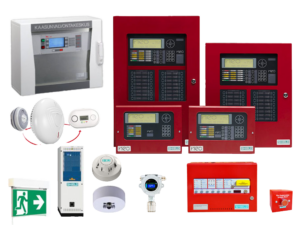
SHIELD GLOBAL supplies products that will provide fire detection and notification / ELV systems with global certification. We have designed our products to satisfy the fire detection and notification system requirements of our customers.

SHIELD GLOBAL supplies products that will provide fire detection and notification / ELV systems with global certification. We have designed our products to satisfy the fire detection and notification system requirements of our customers.
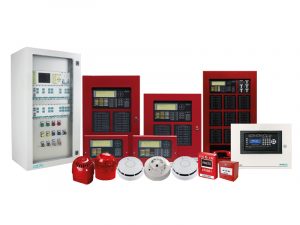
SHIELD GLOBAL supplies products that will provide fire detection and notification / ELV systems with global certification. We have designed our products to satisfy the fire detection and notification system requirements of our customers.
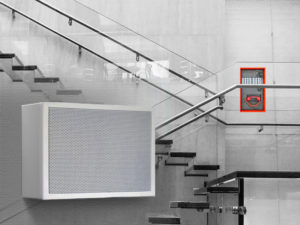
SHIELD GLOBAL designs and provides certified voice evacuation systems to meet the needs of your building with global certification. Our systems will alert all of the building’s inhabitants that they must evacuate. This is one of the most effective methods available in the event of an emergency.
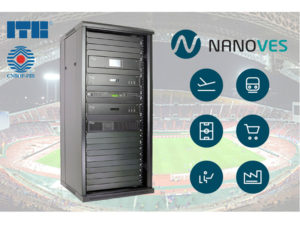
SHIELD GLOBAL provides life safety public address & voice alarm system. With vital safety features it helps with controlled evacuation in case of emergencies but not limited to emergencies.
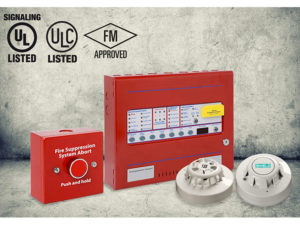
SHIELD GLOBAL provides Extinguishant Control Systems that will enhance the fire safety of your property and allow specialists to monitor all threats. Our control systems will cut response times as your fire fighting department can respond to emergencies in an efficient manner. We provide control panels, detectors, and abort switches.
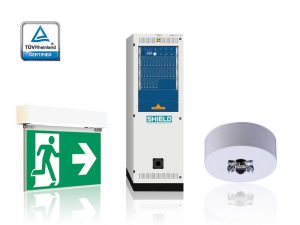
Emergency lighting systems are crucial in a crisis and will provide visibility in the event of a power outage. We supply exit lights, emergency lights, touch panels and hanging mount exit light.
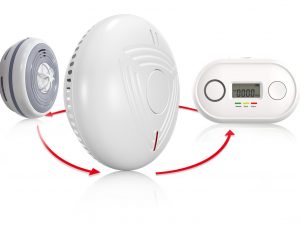
SHIELD wireless Smart Fire Alarm System creates a safety network for your properties and priority areas from potential fire risks. Fire can be detected using various different technologies; however, the priority is always to maximize the detection speed avoiding false alarms. SHIELD alarm devices ensure accurate and speed detection rates to a wide range of fires.
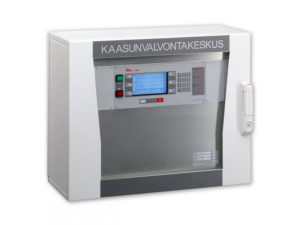
Our gas detection systems will make your property much safer. We supply a selection of control panels, gas suppression and detection systems which are perfect for use in many industries.
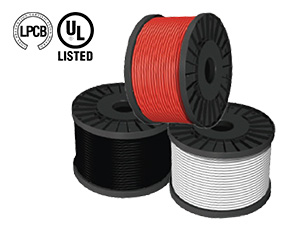
SHIELD GLOBAL provides wide range of fire-resistant cables independently approved by LPCB and UL. Fire Resistant Cable are used for fire resistant and circuit integrity, essentially to prevent life from smoke and noxious fumes, and where sensitive equipment may be damage by acid forming gases.
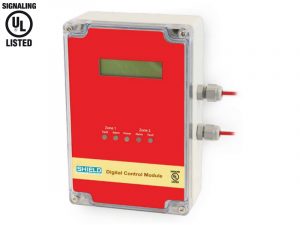
Shield Digital LHD Control Module (LH-DCM) is designed to enhance the functionality of existing or new Digital LHD systems.
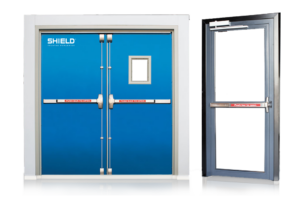
SHIELD GLOBAL fire doors made in different styles that will protect your property from fire hazards. We are the leading supplier of fire-resistant doors Worldwide.
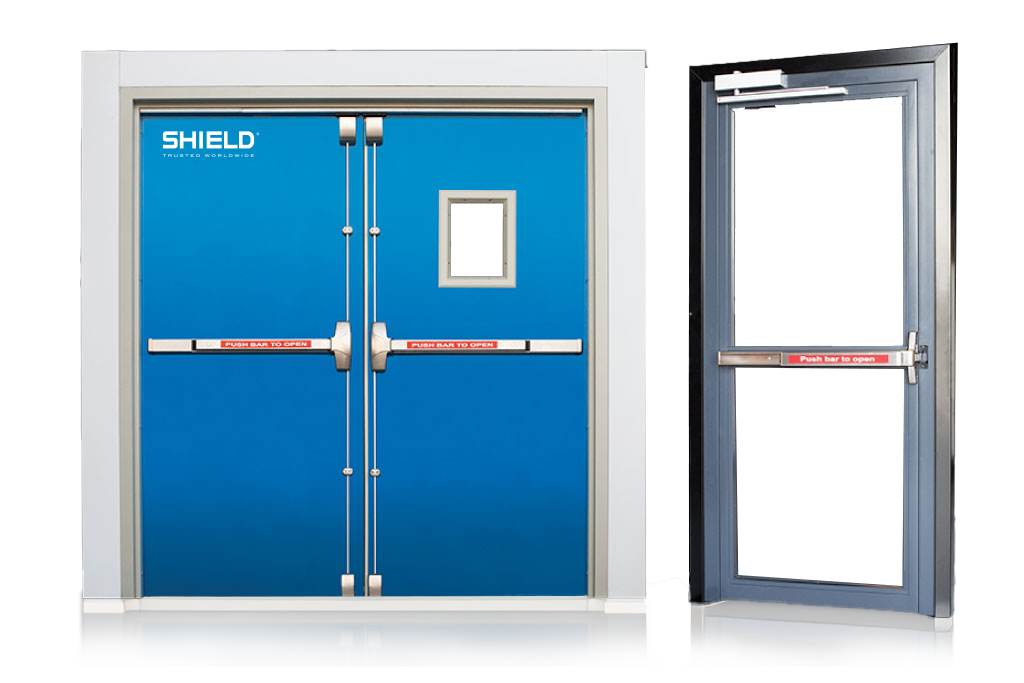
SHIELD GLOBAL fire doors made in different styles that will protect your property from fire hazards. We are the leading supplier of fire-resistant doors Worldwide.
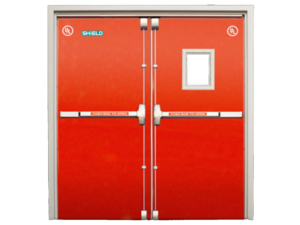
SHIELD GLOBAL supplies steel doors that combine fire resistance with functionality without compromising any aspect of either.
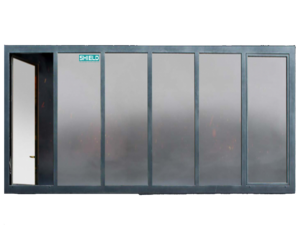
SHIELD GLOBAL Glazed systems are highly competent and innovative.
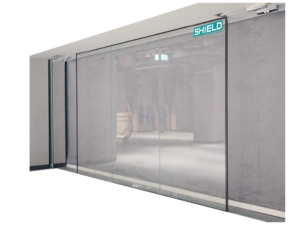
Smoke being one of the greatest threat to life safety during a Fire, Fire / Smoke Compartmentalization is considered as one of the most basic requirements under IBC Regulation.
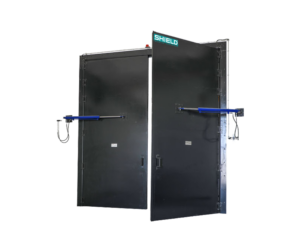
Blast Resistant Door to meet safety and security objectives. Providing extra protection against explosions and excessive force.
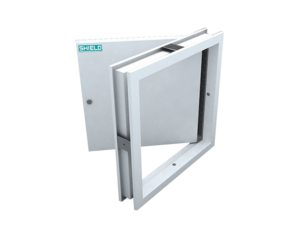
Designed for wall and ceiling applications, this fire rated Access Panel is made of lightweight steel frames, concealed hinges and locks.
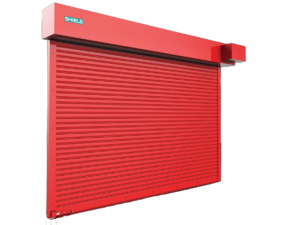
Heavy Duty Industrial Grade rolling shutter. These types of shutters are mainly used for factories, warehouses, industrial, and commercial buildings.
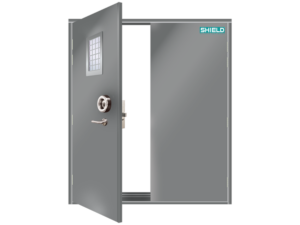
Protect your place of business with wide selection of doors made out of some of the toughest materials available from metal to glass to steel and more.
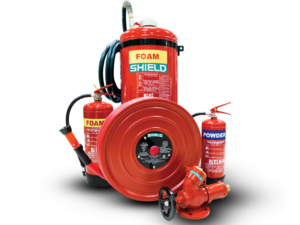
Supplies high-quality firefighting equipment across UK for many markets. Our products have been certified globally.

Supplies high-quality firefighting equipment across UK for many markets. Our products have been certified globally.
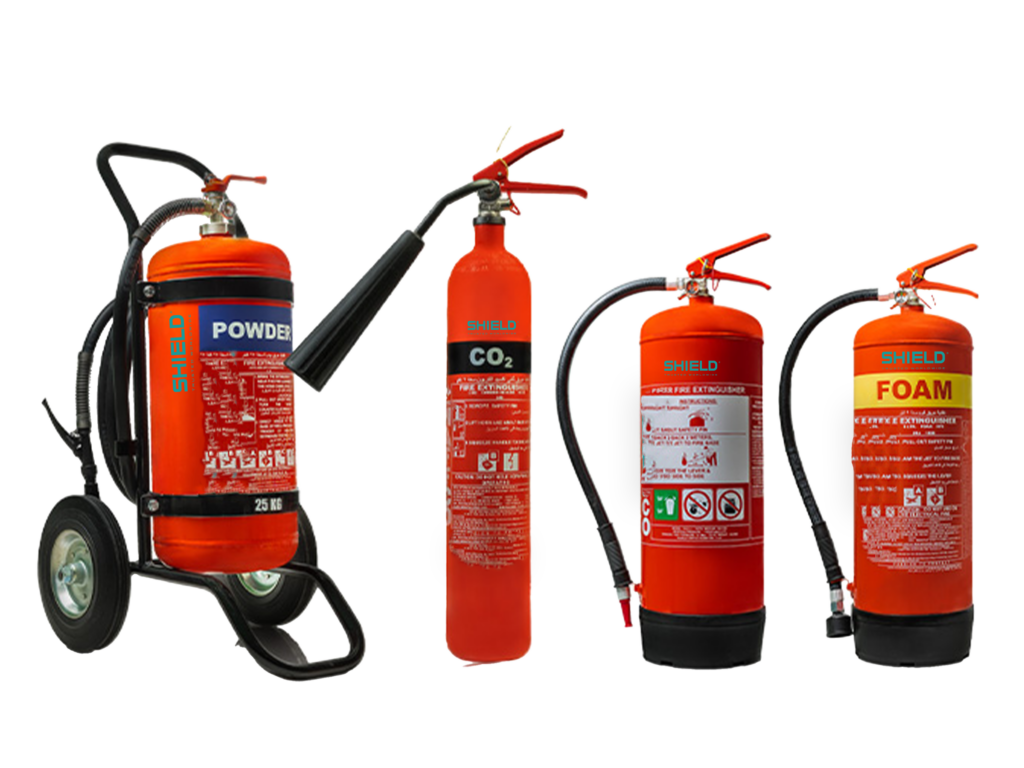
SHIELD GLOBAL provides fire extinguishers to meet every type of emergency. Our fire extinguishers are fully certified and have been rigorously tested to ensure that they provide the required protection for your property.
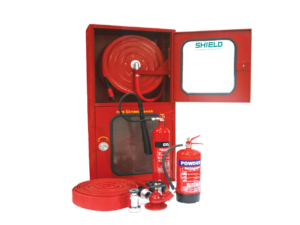
SHIELD GLOBAL is a leading supplier of fire hose reels and accessories. Our hose reels and accessories are fully certified globally.
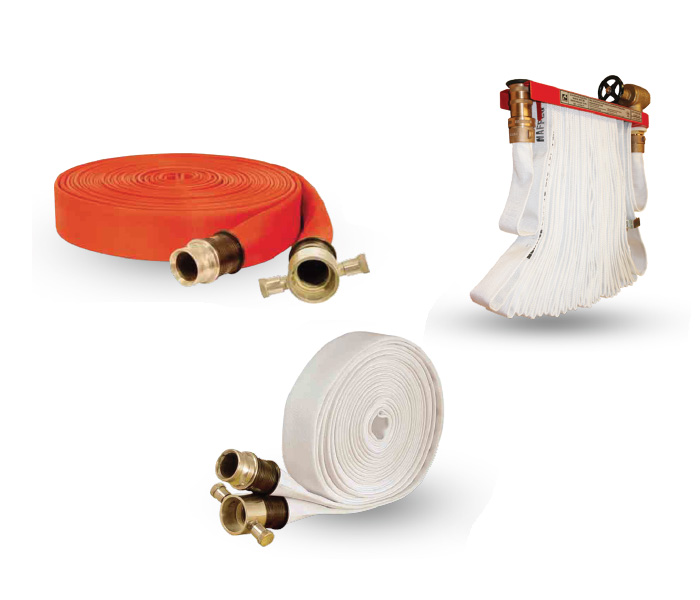
SHIELD GLOBAL is a leading supplier of fire hoses and accessories. Our hoses and accessories are fully certified globally.
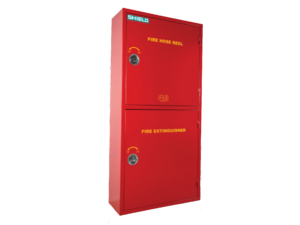
SHIELD GLOBAL is a leading manufacturer and supplier of cabinets for fire fighting equipment. All of our cabinets are built to accommodate and store fire hose reels, breeching inlets and other equipment.
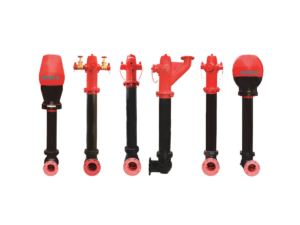
SHIELD GLOBAL supplies the largest selection of fire hydrants for our clients Globally. Our fire hydrants have been certified globally.
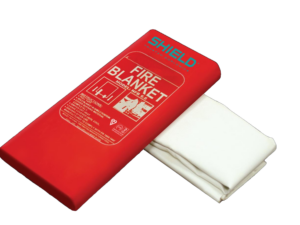
Shield Global is a leading manufacturer of fire blankets. Our fire blankets are globally approved.
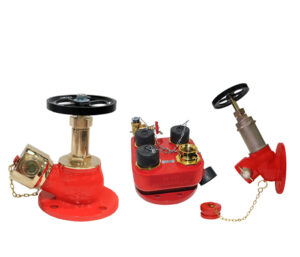
SHIELD GLOBAL is the leading manufacturer and supplier of landing valves, PRV's and riser equipment's all over the world.
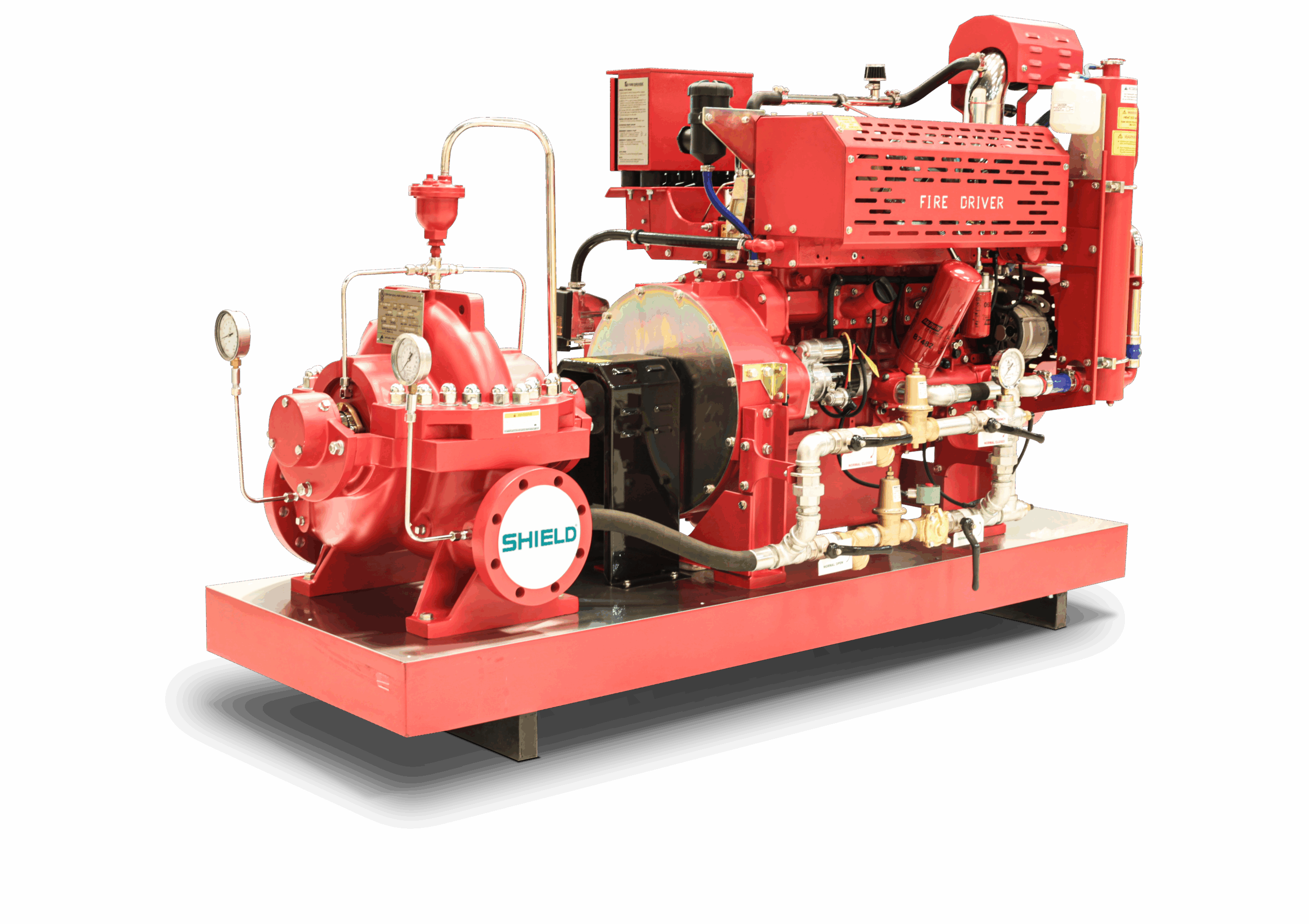
SHIELD GLOBAL offers complete range of certified Firefighting solution from horizontal and vertical fire pumps to complete pre-packaged fire systems.
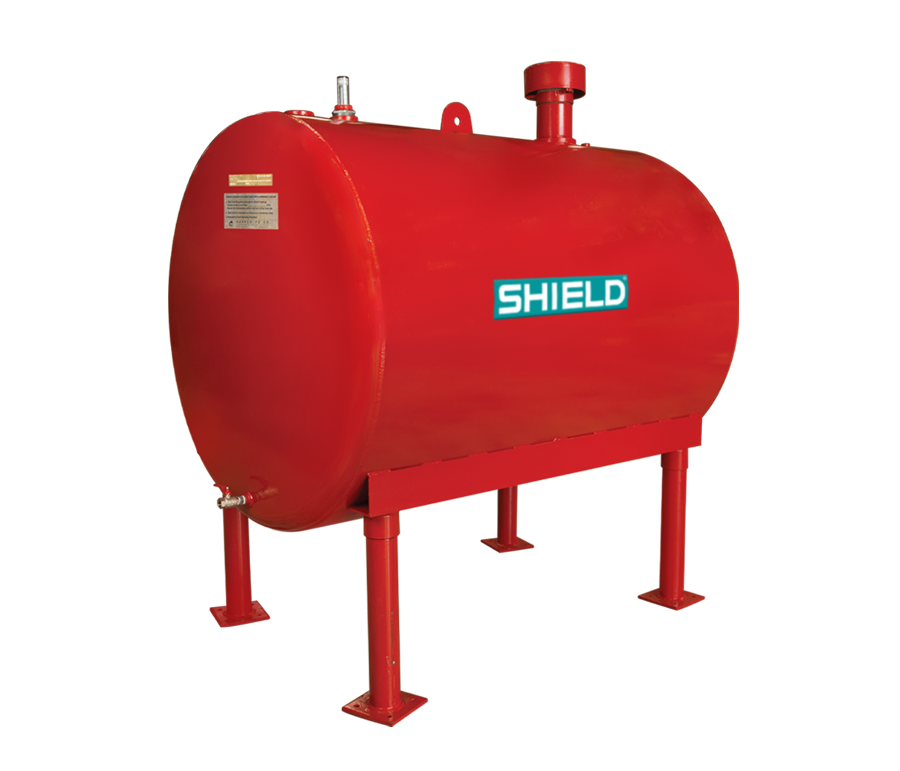
SHIELD certified primary containment tank offers you a reliable solution for your fuel storage requirements.
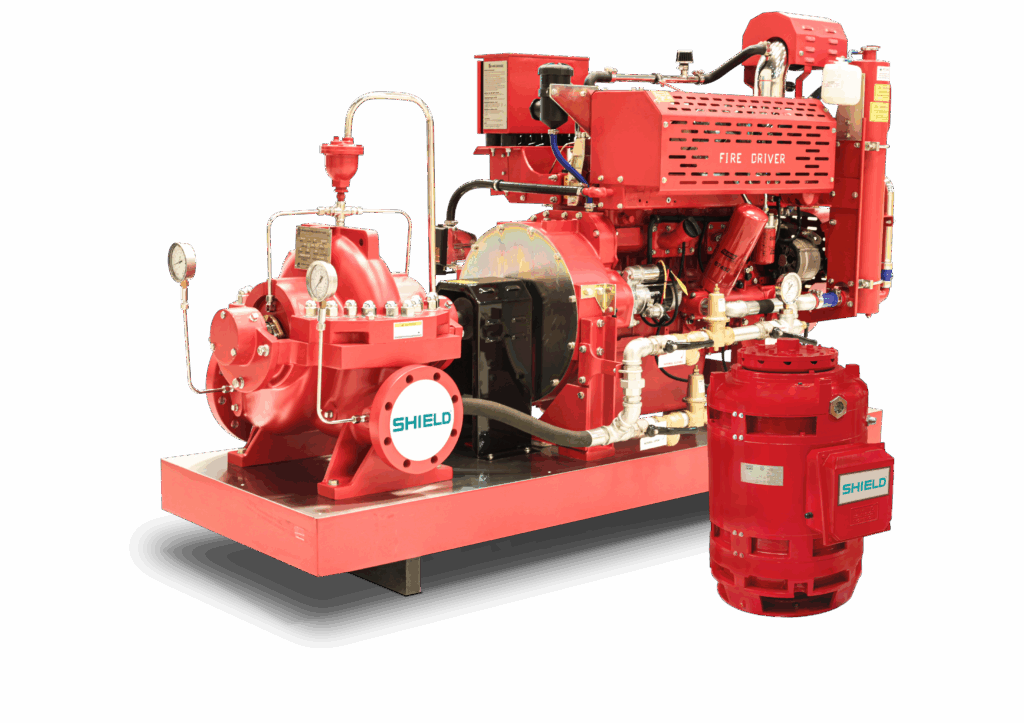
Discover a comprehensive range of firefighting solutions at SHIELD GLOBAL, including our own electric and diesel-driven fire pumps, vertical turbine pumps, and complete packaged pump sets.
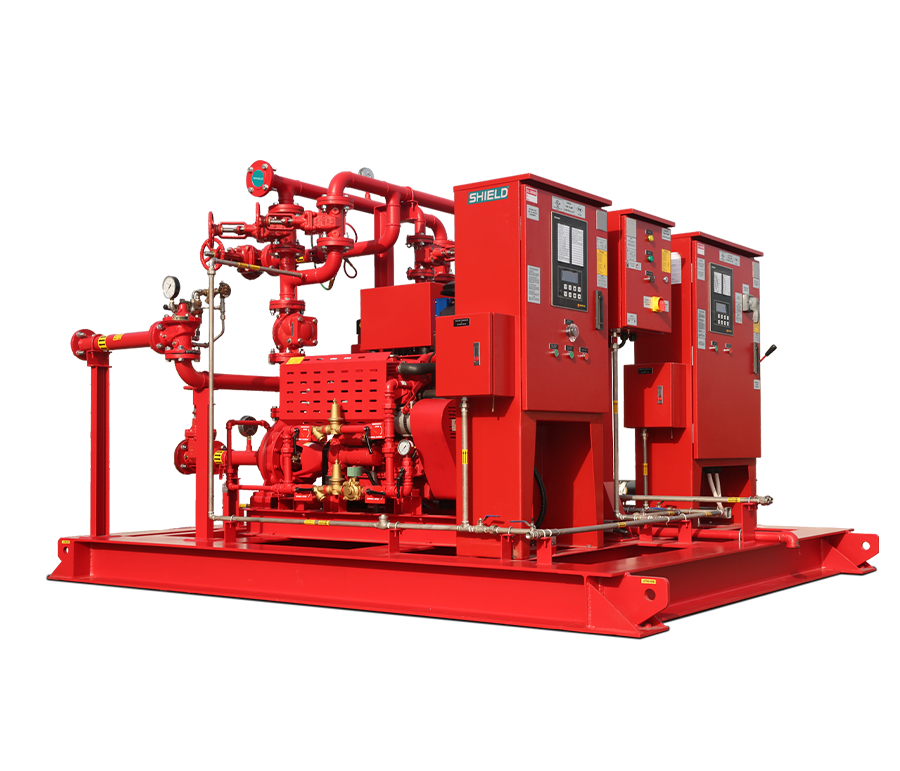
Packages supplied with complete control and instrumentation to meet demanding requirements of firefighting system, for industrial applications.
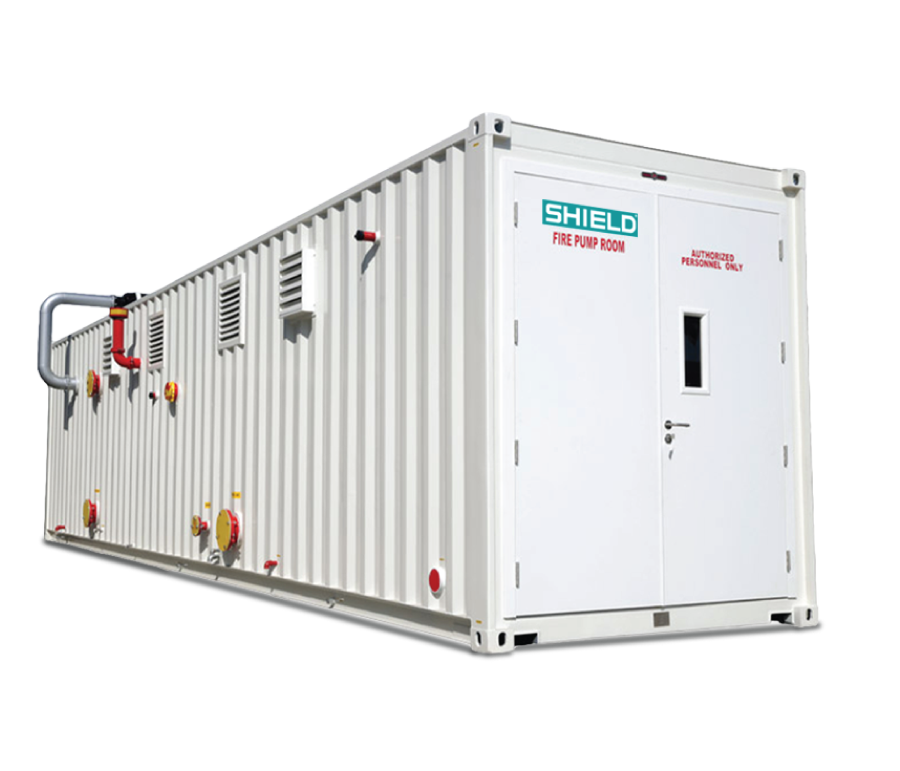
A complete Fire Fighting packaged containerized unit designed as per customer's specification.

SHIELD Supervised Deluge Pre-action System are used to protect areas where water damage from damaged sprinklers or piping must be avoided.
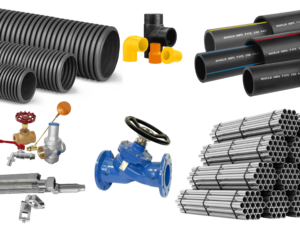
Shield Global offers products, including Seamless Steel Piping, HDPE piping systems & Valve solutions hold prestigious certifications meeting international standards. To emphasize our commitment to environmental and occupational health & safety management.
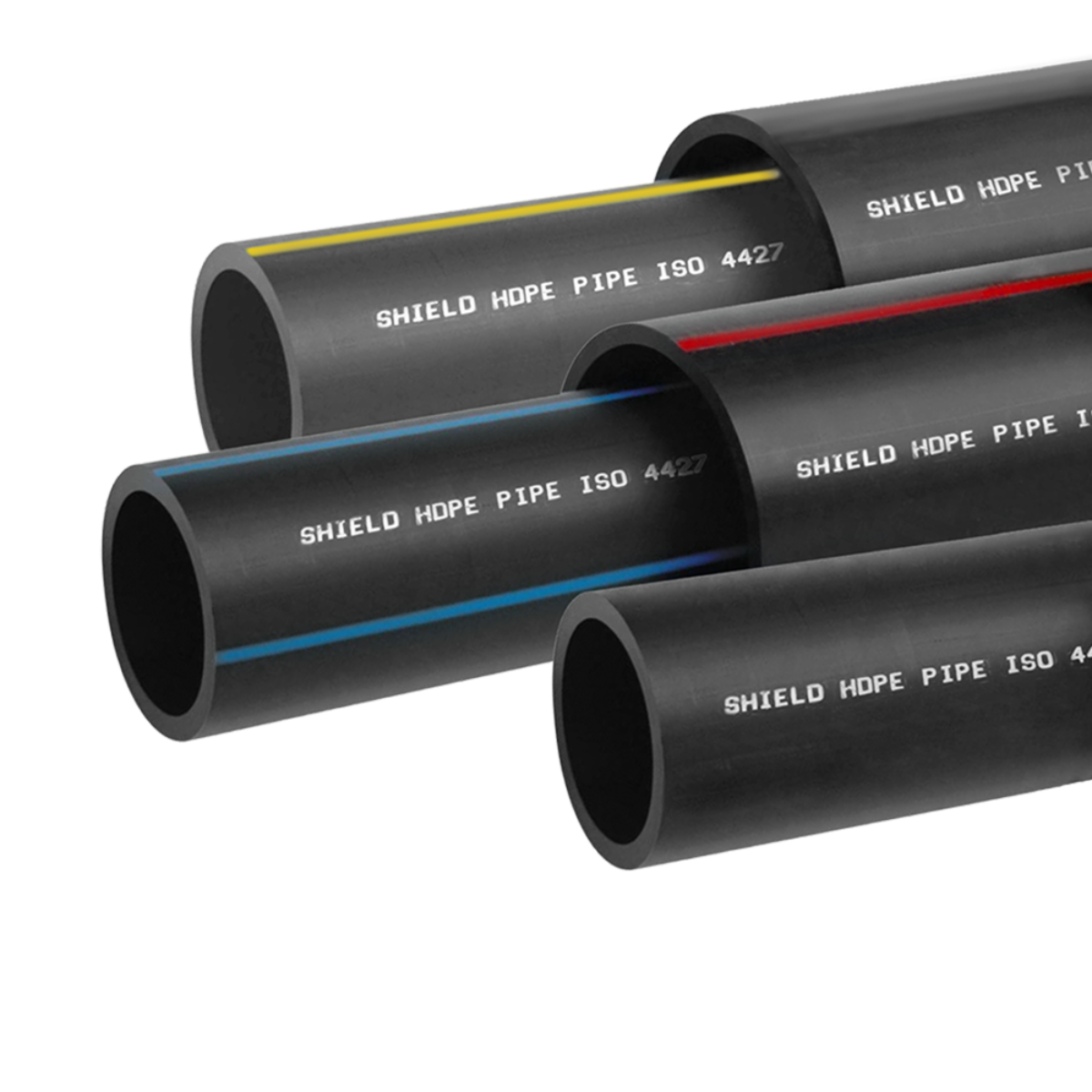
Manufactured to uphold rigorous global standards, our HDPE products provide reliable and long-lasting solutions across various applications.

SHIELD GLOBAL is the leading manufacturer of steel pipes and conduits in accordance with regulatory standards.

SHIELD GLOBAL is all equipped with the most advanced facilities and equipment in the industry to supply state-of-the-art flow control valves solution for Water & Steam applications.
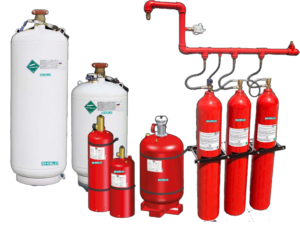
SHIELD GLOBAL supplies a complete selection of fire protections systems with international standards.
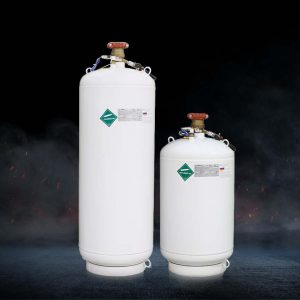
HFC227ea is the safest & effective fire-extinguishing agent used to suppress various types of fires.
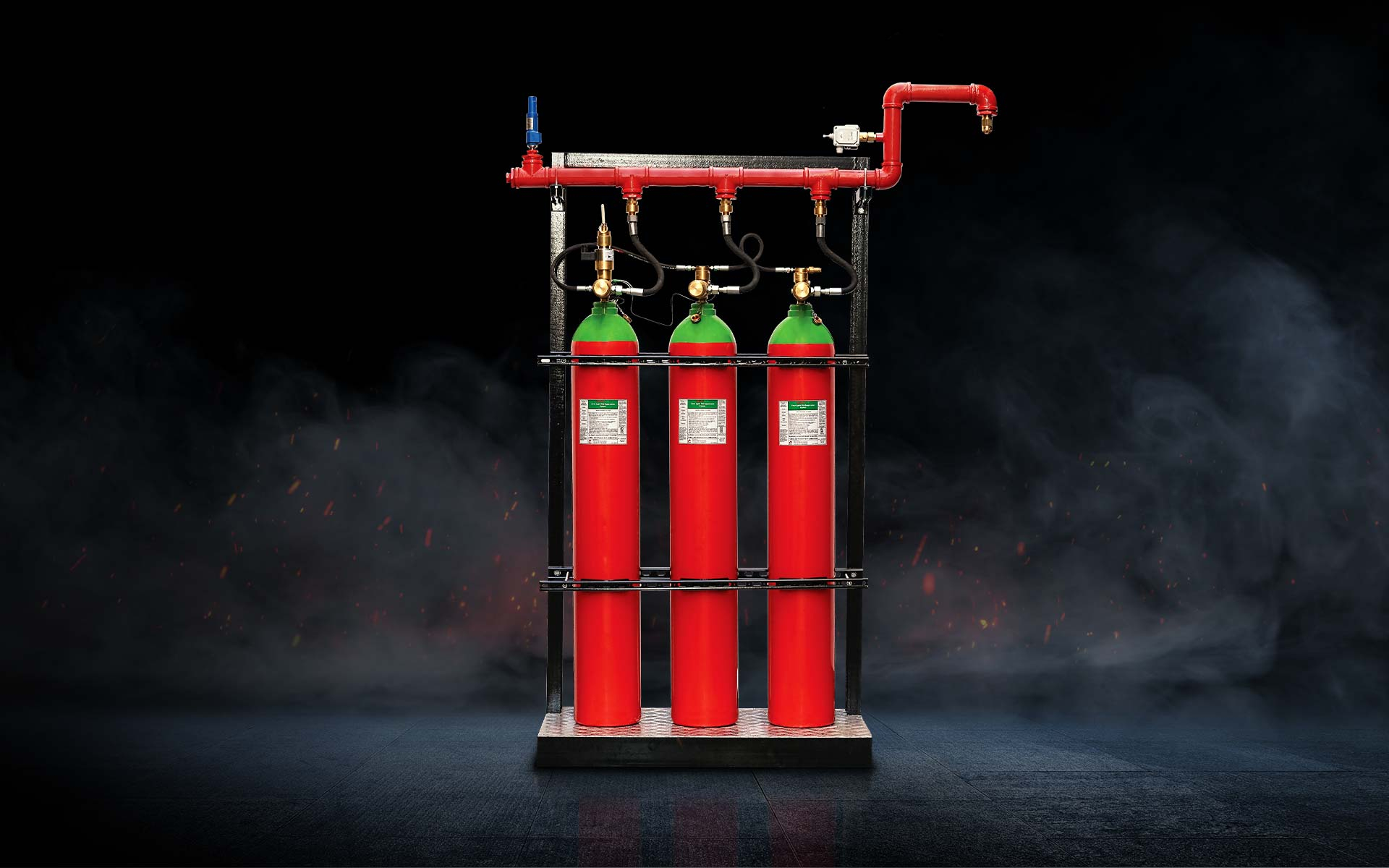
The SHIELD GLOBAL Inert Fire Suppression System are safe, clean and a natural way to extinguish fire.
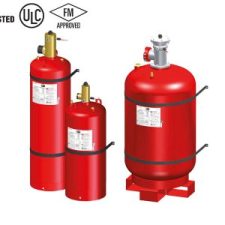
Shield FK5-1-12 FK5-1-12 Systems are highly efficient when combined with a properly designed plumbing network using the Shield version of the VDS Flow Calculation Software.
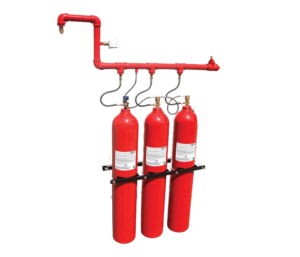
CO2 is an odorless, colorless, electrically non-conductive, non-corrosive, and non-deteriorating agent.
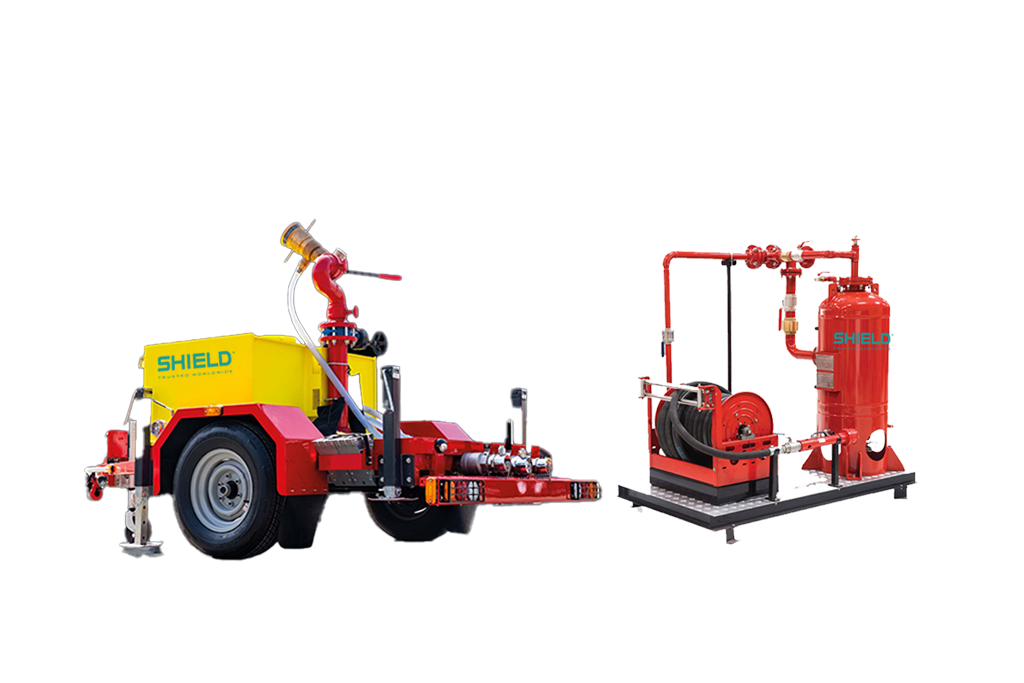
Our foam concentrate and equipment are designed and tested to align with high global standards, guaranteeing quality and reliability.
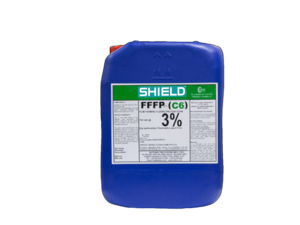
Our foam concentrate and equipment are designed and tested to align with high global standards, guaranteeing quality and reliability.
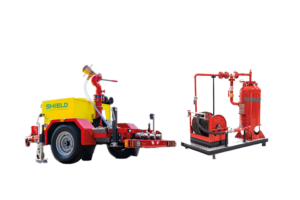
SHIELD GLOBAL manufactures and supplies all types of fixed and portable foam equipment.
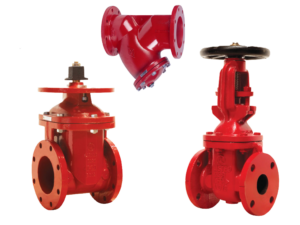
SHIELD GLOBAL is the leading manufacturer and supplier of globally approved Valve Devices & Components.

SHIELD GLOBAL is the leading manufacturer and supplier of globally approved Valve Devices & Components.

SHIELD Supervised Deluge Pre-action System are used to protect areas where water damage from damaged sprinklers or piping must be avoided.
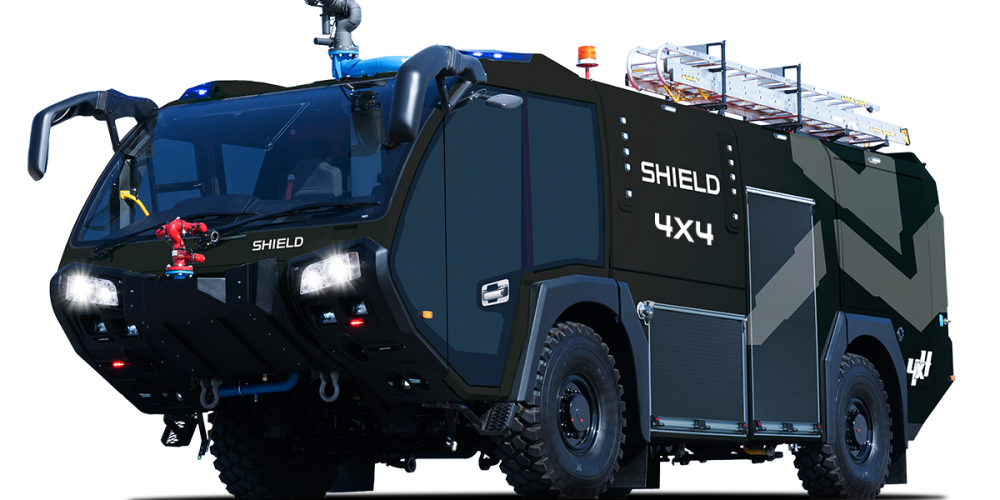
All fire vehicles supplied by our company have been constructed to the highest standards and will enable you to respond quickly to fires regardless of your environment.
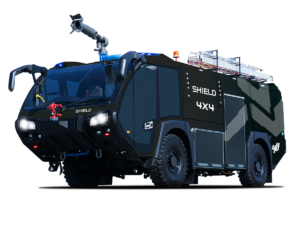
Our company is committed to delivering fire vehicles that meet the highest standards, enabling swift response to fires in any environment.
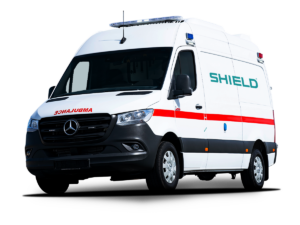
SHIELD GLOBAL manufactures and supplies ambulances for hospitals and emergency clinics across the WORLD.
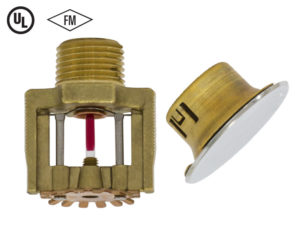
SHIELD GLOBAL sprinklers are one of the most effective products available to the fire fighting industry with global certification.
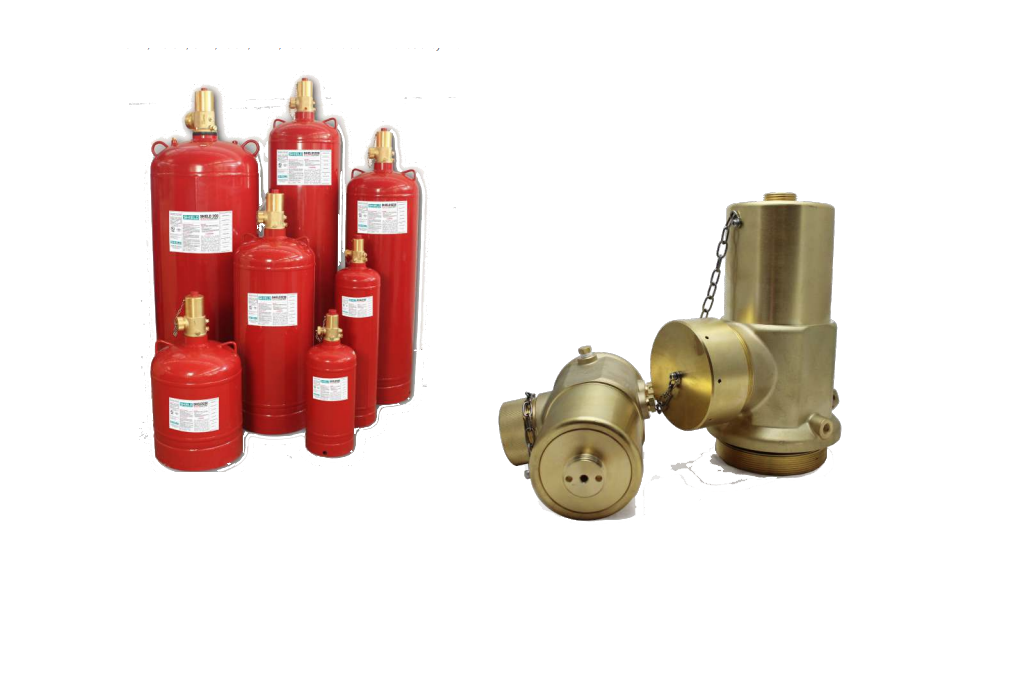
Competence and innovation driven by consistent market development and customer requirements have shaped the successful development of the SHIELD Brand.
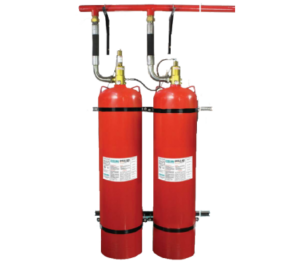
The cylinder assembly comprises of a cylinder factory fitted with a valve and syphon tube, filled with HFC-227ea and super-pressurized with dry nitrogen to 25 Bar @ 21°C (360 psi @ 70°F)
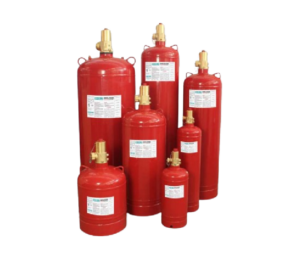
The cylinder assembly comprises of a cylinder factory fitted with a valve and syphon tube, filled with FK-5-1-12 and super pressurized with dry nitrogen to 25 Bar @ 21°C. (360 psi @ 70°F).